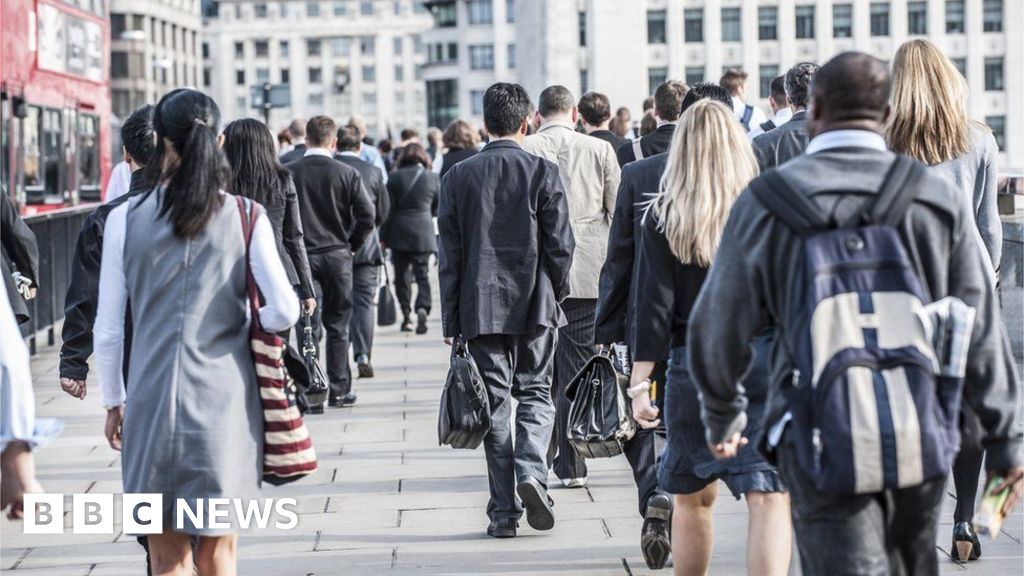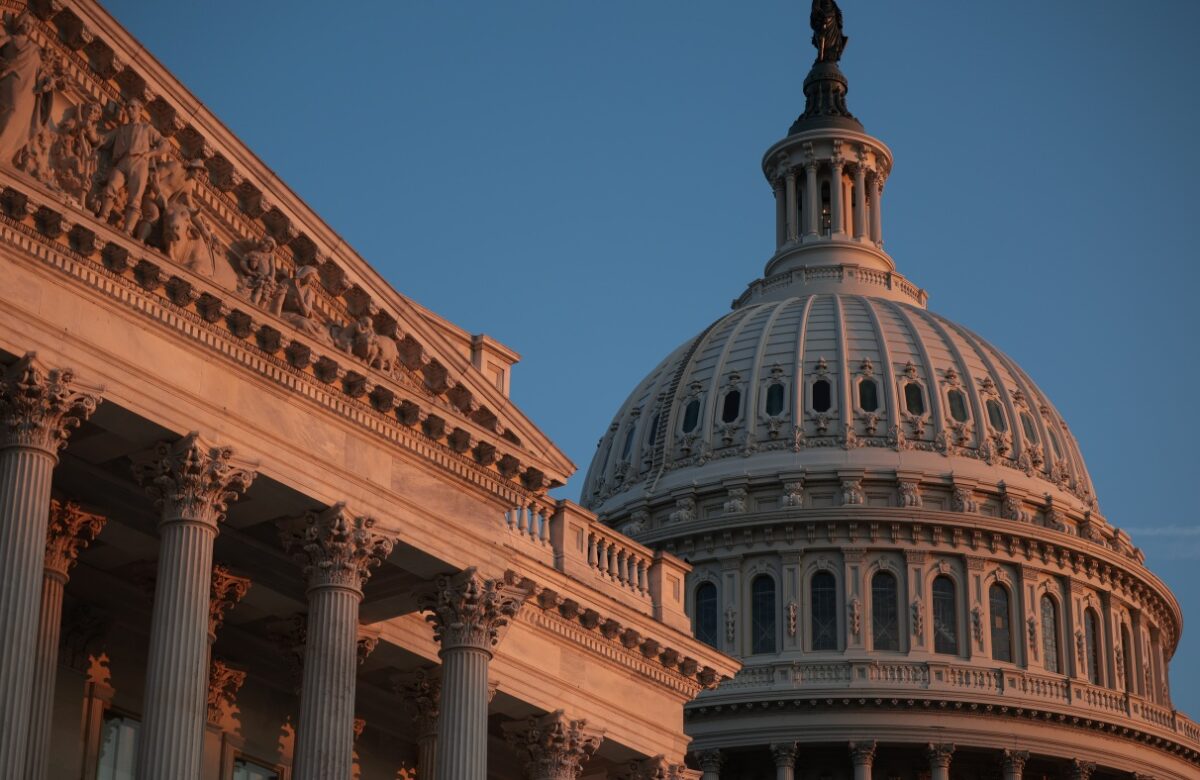
Cost of public services drives up UK government borrowing
- Business
- August 21, 2024
- No Comment
- 119
The rising cost of public services and benefits pushed government borrowing to higher levels than expected in July, official figures show.
Borrowing, the difference between spending and tax income, hit £3.1bn last month, the highest level for July since 2021, the Office for National Statistics (ONS) said.
The unexpected increase has prompted analysts to speculate over what tax and spending decisions the chancellor will announce at the autumn Budget.
One economist said Rachel Reeves faced “tough choices”, while another added the government would likely raise taxes.
The chancellor has previously said some taxes will be increased, but has reiterated she would not raise VAT, national insurance or income tax.
Jessica Barnaby, deputy director for public sector finances at the ONS, said the latest public finance figures showed income tax receipts had grown “strongly” and debt interest payments had fallen last month.
But she added this was more than offset by rises in the cost of public services and inflation-linked benefits increases, leading to higher borrowing.
While the overall tax take increased by £2.1bn in July, compulsory social contributions fell by £1.1bn last month largely because of the reductions in the rates of National Insurance, which were cut by the previous Conservative government.
The rise in government borrowing was £1.1bn higher than most economists had expected.
Borrowing is usually lower in July compared to other months because the government has taken a higher number of self-assessed income taxes by that point in the year. This year’s July figure was up by £1.8bn on 2023.
Rob Wood, chief UK economist at Pantheon Macroeconomics, said the latest borrowing figures showed public spending was “already overshooting Budget forecasts”.
“Further revisions could easily change the picture, but Chancellor Rachel Reeves will likely have to raise taxes and borrow more in the medium term to cover spending more on public services,” he added.
Isabel Stockton, senior research economist at the Institute for Fiscal Studies, added Ms Reeves faced “tough choices” in her first Budget on 30 October, which is where the government will set out its taxation and spending plans.
The choices, made by the chancellor, will impact what public money is used to pay for things such as hospitals, schools and the police.
Ms Reeves will also base decisions on meeting the government’s own, self-imposed, fiscal rules, which are designed to maintain credibility with financial markets. Most governments in rich countries have such rules.
Darren Jones, chief secretary to the Treasury, said Wednesday’s borrowing figures were “yet more proof of the dire inheritance left to us by the previous government”.
He said taxpayers’ money was being “wasted on debt interest payments rather than on our public services”.
A row between Labour and the Conservatives has been rumbling over the current state of the public finances.
Ms Reeves has previously said the government will have to raise some taxes due to what she claims is a £22bn “hole” in the public finances, left by the previous Conservative government.
However, the Conservatives have denied this and have instead accused Labour of misleading the public on tax rises.
As well as the borrowing figures, the ONS revealed the UK’s national debt remained at its highest level since the early 1960s last month.
It said government spent £107.4bn in total this July, £3.5bn more than in the previous July.
The interest payable on central government debt in July was £7bn, the second highest interest payable for that month since it started recording that data in 1997.
However, the amount was still lower than the Office for Budget Responsibility, the government’s official forecaster, had estimated.
The latest ONS spending figures are provisional, so the they could change ahead of the Budget, and prompt different policy decisions.
#Cost #public #services #drives #government #borrowing









